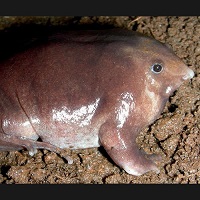www.tnpsc.academy – TNPSC Current Affairs August 23, 2017 (23/08/2017)
Topic : New inventions on Science & Technology, Persons in News
Indian student develops Nano Missile for Indian Army
A student of Chennai’s SRM University, Dacharla Panduranga Rohith developed a Nano Missile for Indian Army.
Key Points:
The video was submitted to World Records of India for recognition in July 2017.
He developed the missile for the Indian Army and local police in fighting terrorism.
This 1 cm nano missile can fly by burning the red phosphorus, and hit the target of three metres distance.
_
Topic : New inventions on Science & Health, Environment & Ecology
New flexible fuel cells turn sweat into power
Scientists have developed stretchable fuel cells that extract energy from sweat, and could power a range of wearable devices such as LEDs and Bluetooth radios.
The new cells were developed using lithography and screen-printing to make 3D carbon nanotube-based cathode and anode arrays.
How it operates?
The biofuel cells are equipped with an enzyme that oxidises the lactic acid present in human sweat to generate current.
To be compatible with wearable devices, the biofuel cell needs to be flexible and stretchable.
So engineers decided to use what they call a “bridge and island”.
The biofuel cells generate 10 times more power per surface area than any existing wearable biofuel cells.
_
Topic : New inventions on Science & Health, Environment & Ecology
Nasikabatrachus bhupathi – New frog species
A new species of the endemic frog genus Nasikabatrachus has been discovered from the eastern slopes of the Western Ghats.
Key facts:
The newly discovered frog is named Nasikabatrachus bhupathi.
It has a snout-shaped nose, just like a pig’s and is a soil dwelling species of purple frog.
It inhabits the eastern slopes of the Western Ghats, near the Srivilliputhur Grizzled Giant Squirrel Wildlife Sanctuary in Tamil Nadu.
Significance of this discovery:
The discovery is significant as it constitutes additional evidence in favour of the theory of continental drift.
The frog is an inhabitant of Seychelles, and the discovery of this frog species in India suggests that the Indian subcontinent was part of the ancient landmass of Gondwana before splitting from Seychelles 65 million years ago.

